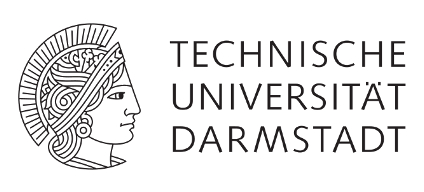23.09.2024 So, Which Movie Did Your Brain See?
Eye Movements Create Different Versions of the Same Film in Our Heads

Picture two people sitting in a movie theater, both watching the screen: Are they seeing the same thing? Or is the movie playing out differently in each of their minds? Researchers from the Justus Liebig University Giessen (JLU) have found that it’s the latter, and they’ve published their findings in the journal "Proceedings of the National Academy of Sciences" (PNAS). It turns out that viewers experience different versions of the same film in their brains, and these differences can be predicted by their unique eye movements.
Just like our bodies are made up of the same basic parts but vary from person to person, the same is true for our brains and their activity patterns. Neuroscientists use functional magnetic resonance imaging and machine learning to make these brain activity patterns comparable across individuals. For about a decade now, these techniques have allowed researchers to 'translate' activation patterns between different brains.
Petra Borovska and Prof. Ben de Haas, Ph.D., from JLU Experimental Psychology, used this technology to explore how individual eye movements affect our perception. They examined how well one person’s brain activity could predict another’s while 19 volunteers watched the same movie—either freely or while passively staring at the center of the screen. Compared to passive viewing, natural eye movements led to much stronger activation in the brain's visual centers. However, these activations were also more individual, making it harder to match one person’s brain activity to another’s.
"Traditionally, we’ve thought of eye movements as a simple response to what’s happening in front of us," says de Haas. "But recent research shows that’s not the whole story. Eye movements are as unique as personality traits. Some people focus more on faces, while others are drawn to text or other elements." Borovska adds, "We speculated that these individual viewing habits might create a unique ‘world’ in each person’s mind. Now we know that’s true! We could even predict how different the brain activity patterns would be between people by measuring the similarity of their eye movements in a separate experiment conducted days apart. It’s fascinating that while eye movements lead to stronger neural activity, they also make these activity patterns less comparable between individuals. Usually, a stronger signal means clearer data, but here the signal—the brain’s representation of the movie—is different for each person, like a director’s cut prepared by the individual brain."
The team is now exploring how eye movements develop over a person’s lifetime and how they affect our understanding of scenes and daily tasks. "There’s still so much to learn," says de Haas. "It makes you wonder—next time you’re in the cinema, you might want to ask the person next to you, ‘Which movie did you see?’"
Publication
Petra Borovska, Benjamin de Haas:
Individual gaze shapes diverging neural representations,
Proceedings of the National Academy of Sciences (PNAS), August 30, 2024, 121 (36)
https://doi.org/10.1073/pnas.2405602121
Contact
Prof. Ben de Haas, Ph.D.; Petra Borovska
Department of General Psychology, JLU
benjamin.de-haas@psychol.uni-giessen.de
petra.borovska@psychol.uni-giessen.de


